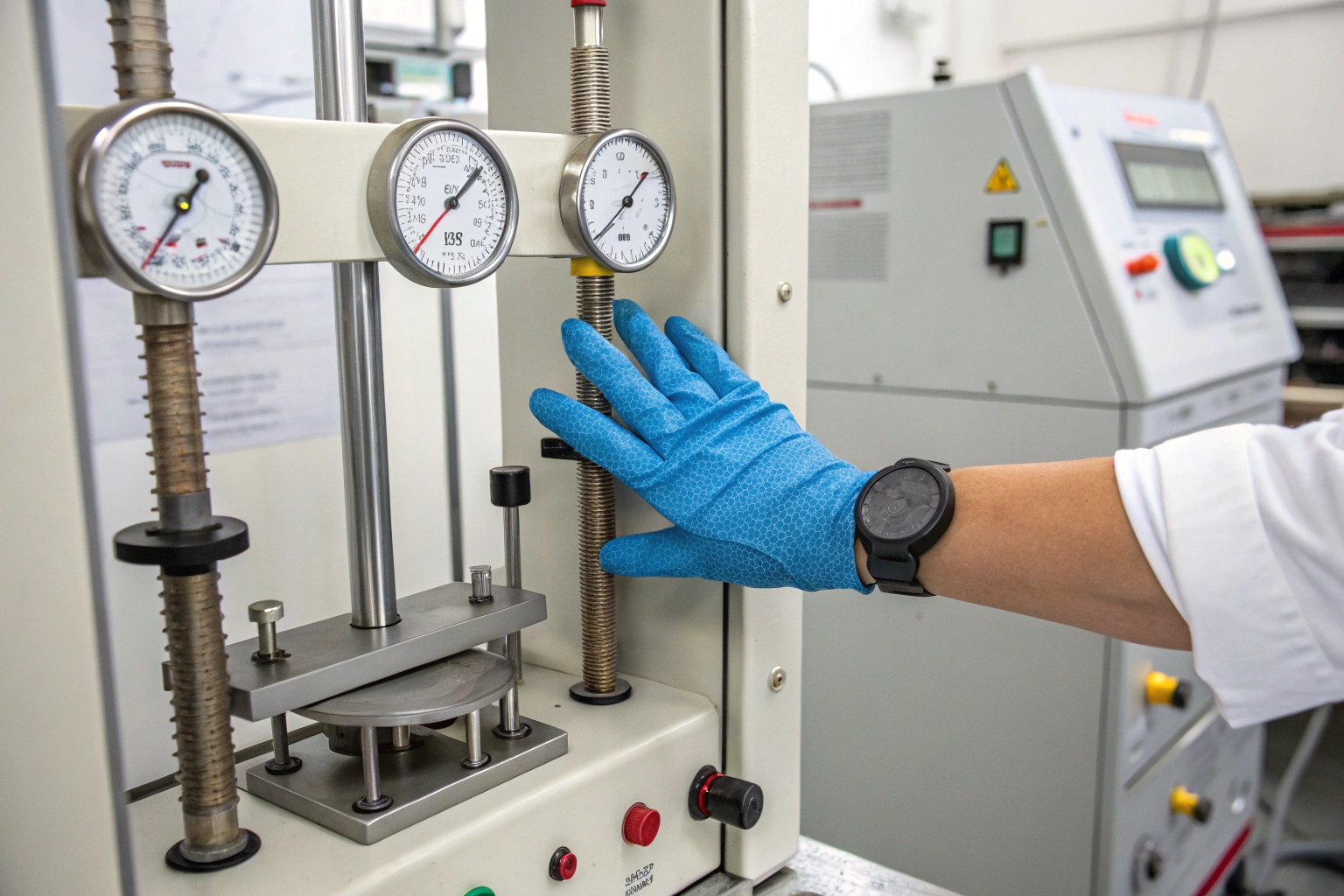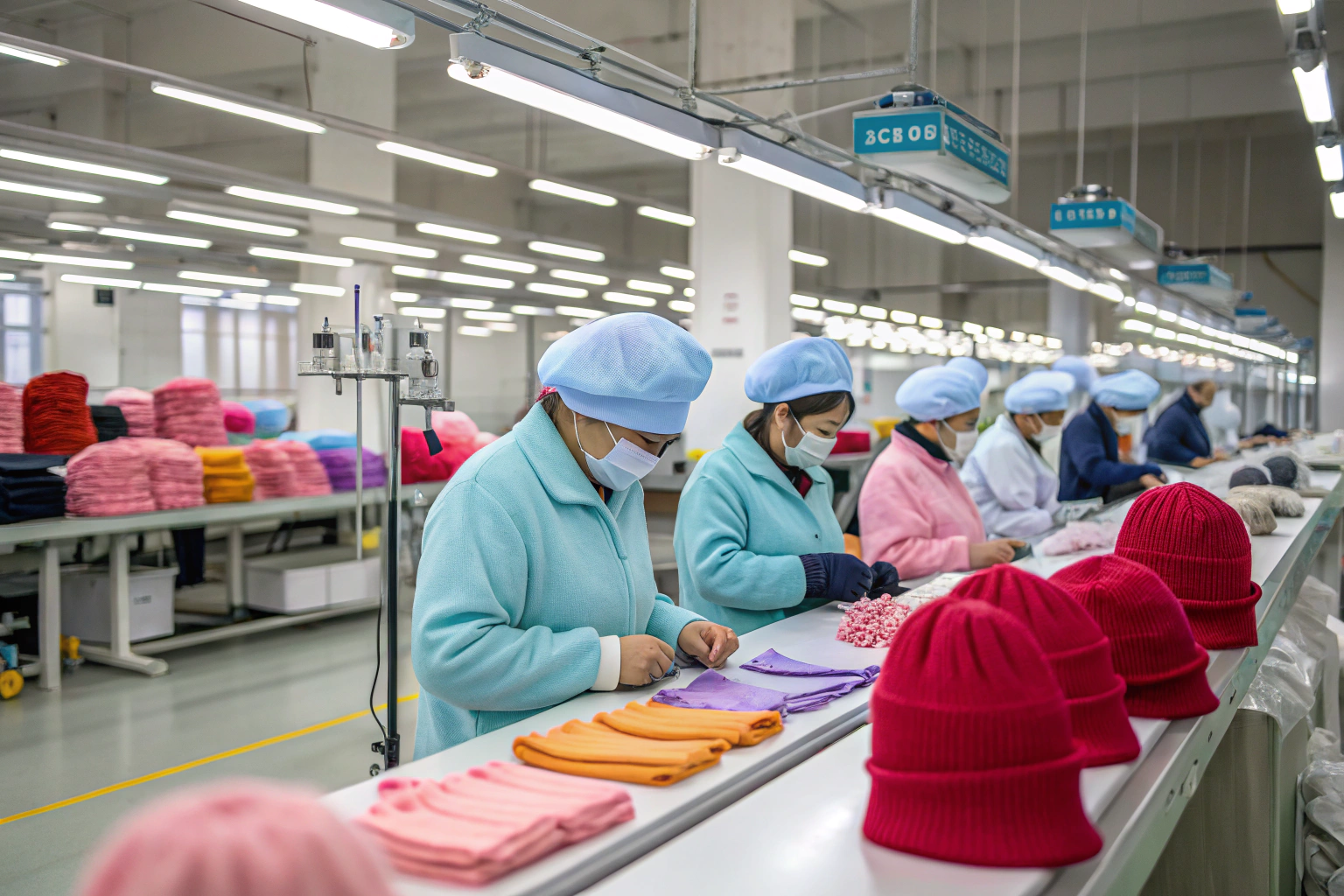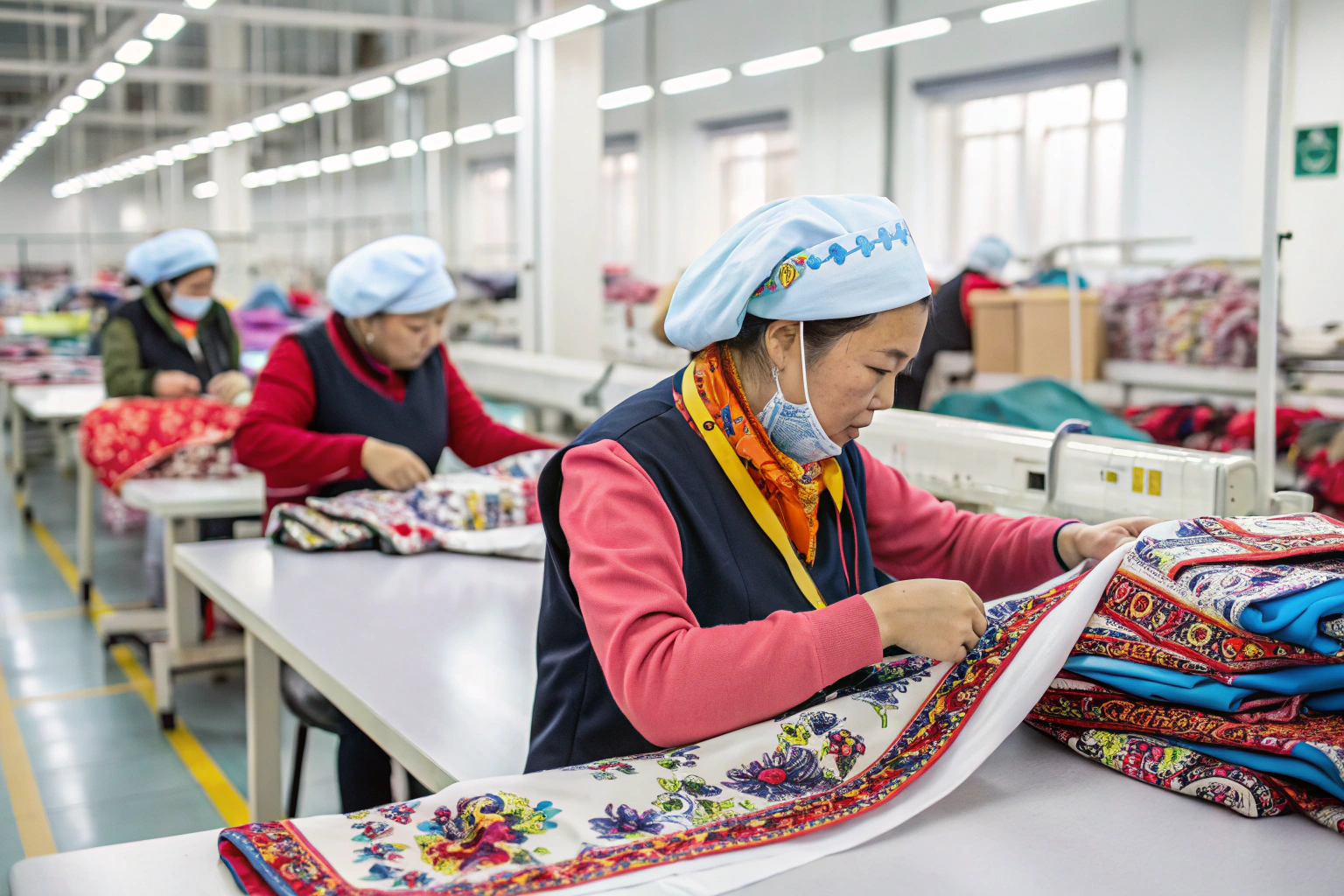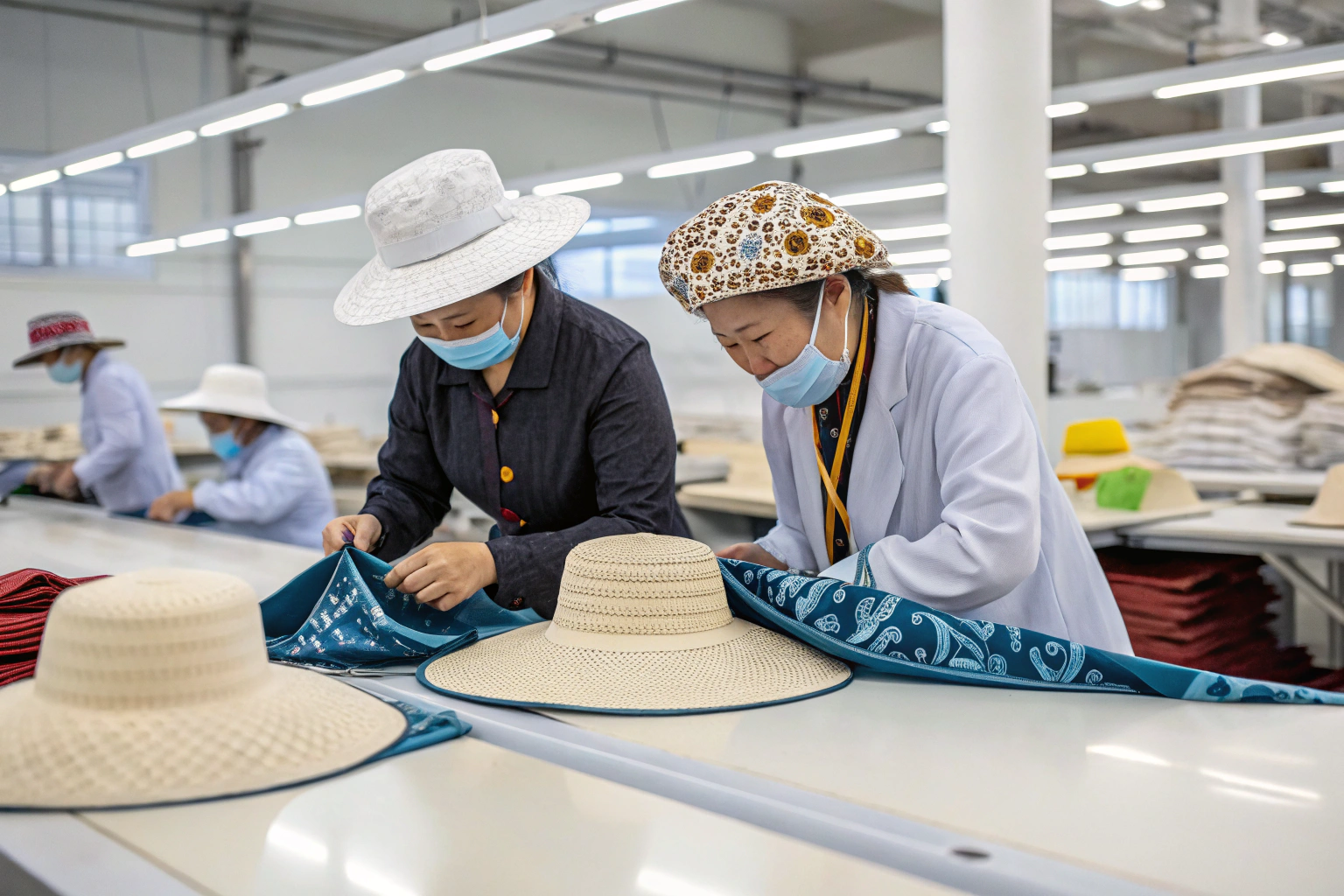You can’t afford to guess when it comes to gloves. Whether they're meant for winter warmth or medical protection, your buyers expect comfort, durability, and—if applicable—certified safety. Testing isn’t optional. It’s how you protect your brand and meet market regulations.
Key quality tests for imported gloves include ASTM physical and chemical standards, AQL defect inspection, tensile and elongation tests, and certification checks for medical or industrial-grade use.
At AceAccessory, every batch of gloves—be it knitwear or synthetic—is tested and verified before shipping. Here’s what importers need to know before signing off on that bulk order.
What is the ASTM standard for gloves?
Not all gloves are treated the same. ASTM standards define performance criteria for different glove types—industrial, disposable, medical, and thermal. Knowing which standard applies helps avoid compliance risks and shipment delays.
ASTM standards for gloves define material composition, tensile strength, puncture resistance, and barrier performance. Popular ones include ASTM D6319 for nitrile gloves and ASTM D3578 for latex gloves.
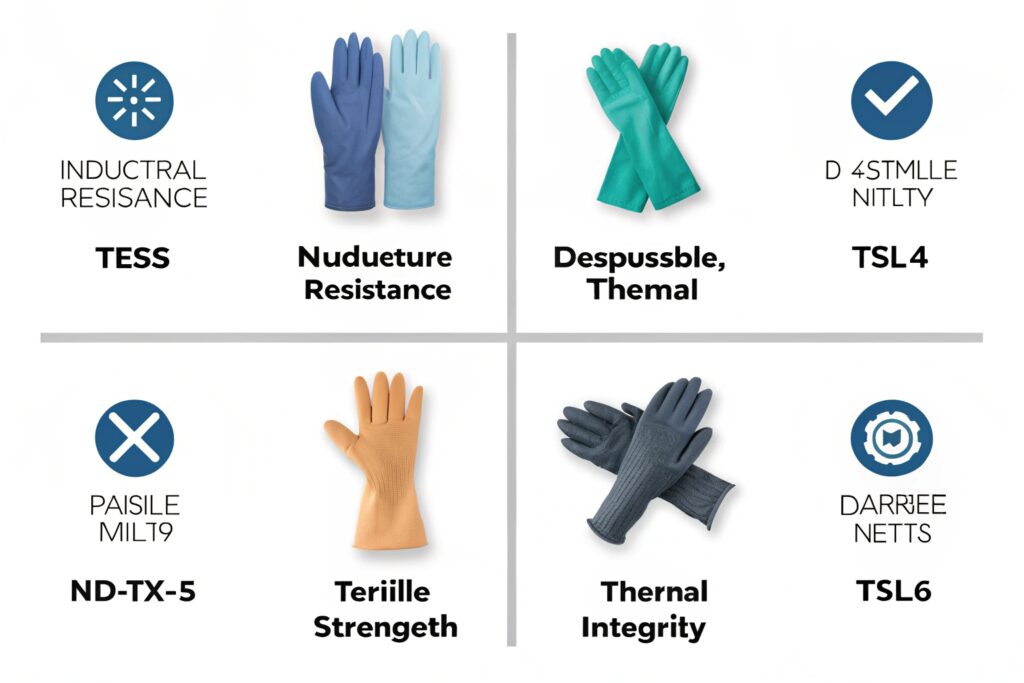
Common ASTM Glove Standards by Application
| Standard | Glove Type | Key Tests Included |
|---|---|---|
| ASTM D3577 | Surgical Gloves | Sterility, tensile strength, physical integrity |
| ASTM D3578 | Latex Exam Gloves | Elongation, barrier penetration, powder residue |
| ASTM D6319 | Nitrile Exam Gloves | Break force, puncture resistance, flexibility |
| ASTM F1671 | Viral Penetration Test | Resistance to bloodborne pathogens |
| ASTM D5151 | Pinholes (Water Leak) | Barrier check for all exam gloves |
At AceAccessory, we work with certified third-party labs in China (like SGS, Intertek) to validate glove batches against the ASTM standards requested by the client’s destination market. For Europe-bound orders, EN 374 and EN 455 tests can also be arranged.
What is the AQL rating for gloves?
Quality isn't about perfection—it's about acceptable performance within measurable thresholds. That’s where AQL (Acceptance Quality Limit) comes in.
AQL rating for gloves refers to the statistical sampling method used during inspection. Most exam gloves require AQL 1.5, meaning no more than 1.5% defect rate is acceptable in a tested batch.
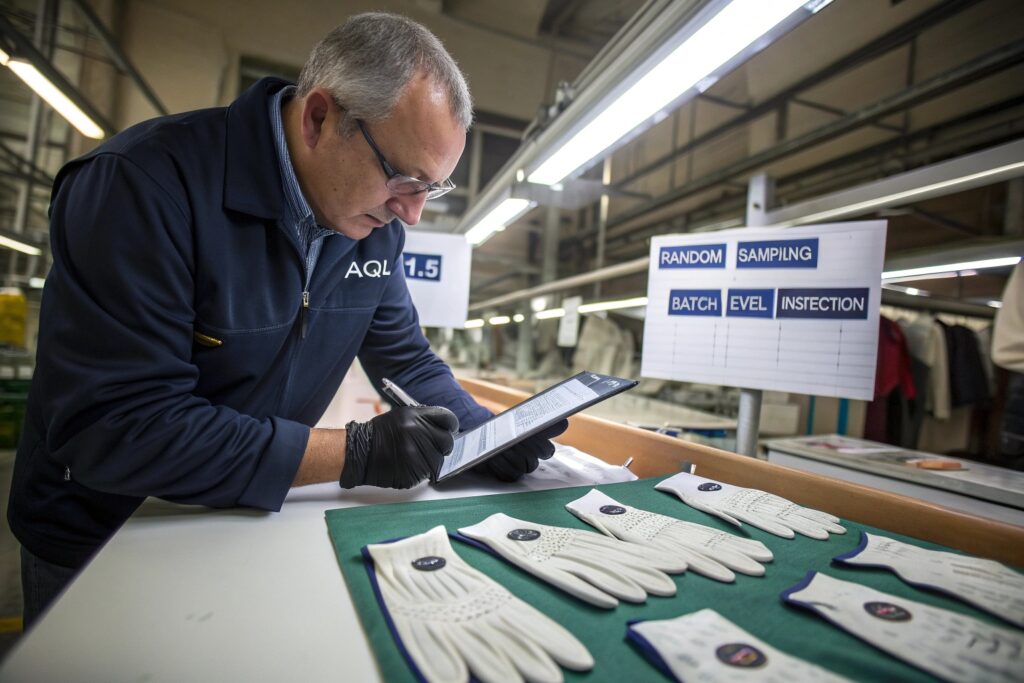
AQL Ratings for Glove Quality Levels
| Glove Application | Recommended AQL | Notes |
|---|---|---|
| Surgical Gloves | ≤ 1.0 | Critical use, strictest tolerance |
| Medical Exam Gloves | ≤ 1.5 | Standard for healthcare settings |
| Industrial Gloves | ≤ 2.5 | General purpose, less critical failures |
| Fashion Gloves | ≤ 4.0 | Cosmetic defects more tolerable |
AceAccessory’s inspection process includes:
- Randomized sampling by ANSI/ASQ Z1.4 standards
- Water leak and stretch test per 125 pcs per batch
- Transparent AQL reports provided with every shipment
For knit or winter gloves, we apply a hybrid method—combining dimensional checks, seam strength, and appearance against AQL tables to maintain consistent quality.
How do I know if my gloves are medical grade?
The term “medical grade” is often misunderstood. It’s not about packaging or color—it’s about meeting documented standards in production and post-production testing.
To verify medical-grade gloves, check for FDA registration (510(k) for U.S.), test reports showing ASTM D6319/D3578 compliance, and valid lot traceability through batch numbers and COAs (Certificates of Analysis).
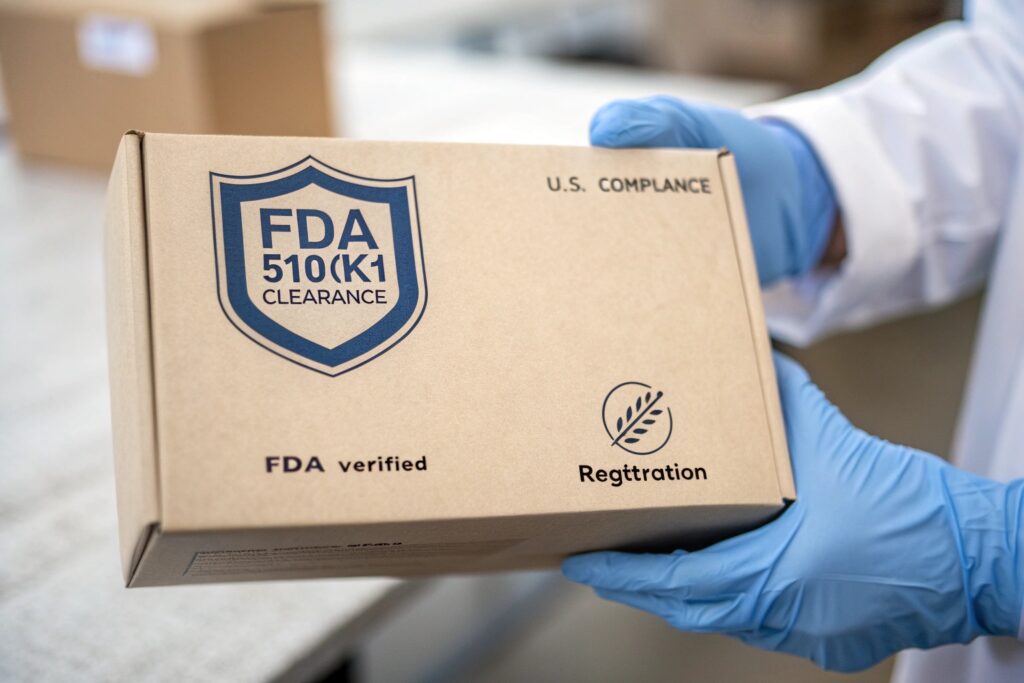
Key Indicators of Medical Grade Gloves
| Requirement | Description |
|---|---|
| 510(k) FDA Registration | Required for U.S. distribution |
| ASTM Compliance Testing | Proof of tensile, elongation, pinhole tests |
| Batch Traceability System | Each carton must be traceable to production |
| COA and MSDS Documents | Required for hospital procurement |
| Powder-Free Certification | FDA banned powdered gloves since 2017 |
AceAccessory doesn’t manufacture medical gloves directly, but we help clients source from licensed partners and review factory FDA submissions before shipping. Our QC team ensures packaging, labeling, and documentation align with your country’s compliance regulations.
What are the best examination gloves?
The right glove depends on usage. A hospital ward, a dental clinic, and a tattoo parlor all have different performance needs. Choosing the best exam glove means balancing comfort, durability, and skin sensitivity.
Top exam gloves include nitrile gloves for their hypoallergenic strength, latex gloves for superior fit, and vinyl gloves for low-cost disposable use in non-critical settings.
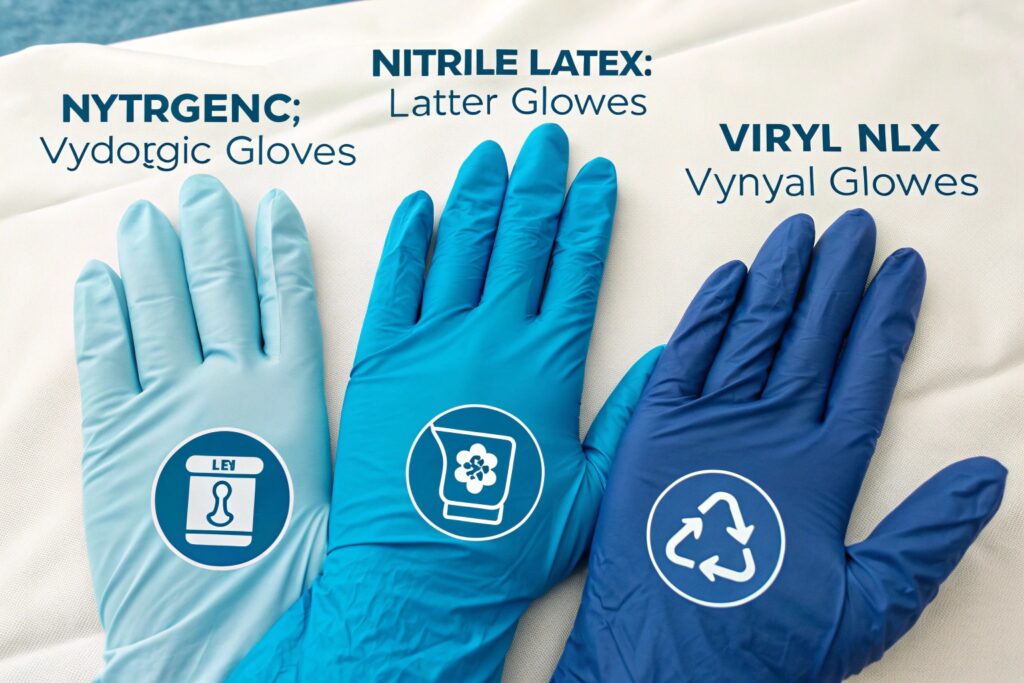
Comparison: Best Exam Glove Types
| Glove Material | Strength | Comfort | Allergy Risk | Cost | Use Case Examples |
|---|---|---|---|---|---|
| Nitrile | High | Medium | None | Medium | Hospitals, labs, tattoo |
| Latex | Medium | High | Yes (latex) | Low | Dental, surgery, clinics |
| Vinyl | Low | Low | None | Very Low | Food handling, salons |
| TPE | Moderate | Medium | None | Low | Light medical, grooming |
AceAccessory partners with certified medical glove factories in Jiangsu and Shandong. We help buyers choose the right glove spec and ensure:
- Proper hand fit sizing (S–XL)
- CE / ISO 13485 compliance (for EU buyers)
- MOQ flexibility for test orders (as low as 100 cartons)
Conclusion
Importing gloves isn’t just about getting the right look—it’s about testing for durability, safety, and compliance. Whether you're buying winter knit gloves or exam nitriles, partnering with factories that follow AQL, ASTM, and certification protocols ensures you avoid costly quality failures. At AceAccessory, we’ve got the experience and systems to make glove sourcing simple and safe.

